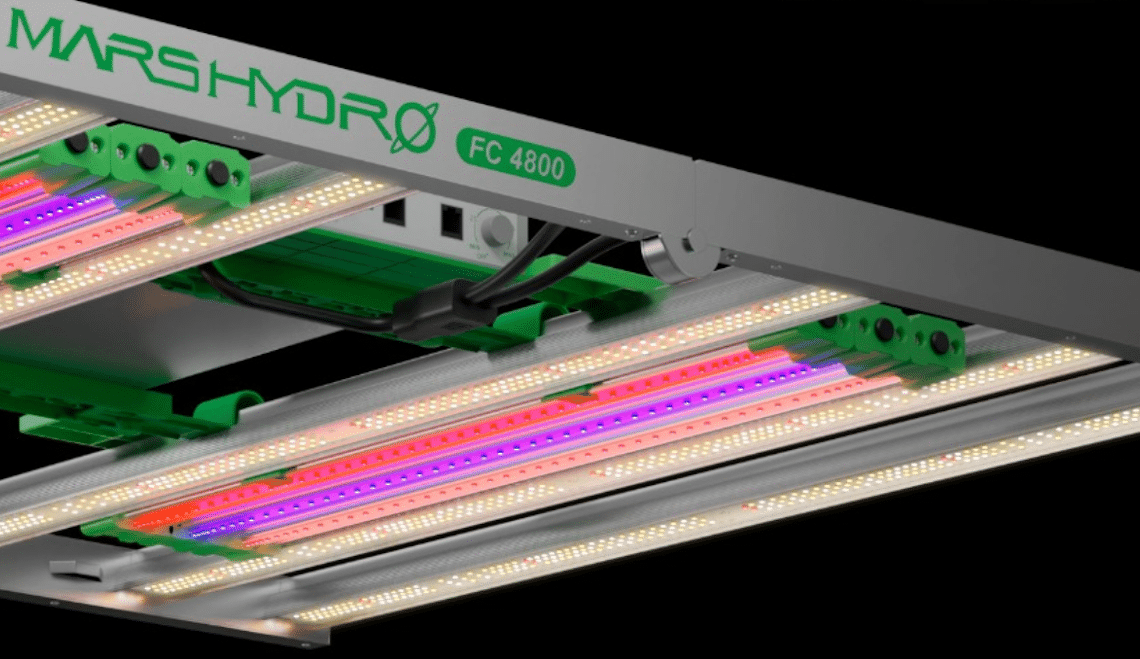In recent years, the use of LED grow lights has become increasingly popular among indoor gardeners. These lights offer numerous advantages over traditional lighting systems, including energy efficiency, longer lifespan, and the ability to customize the light spectrum for optimal plant growth. However, one area where LED grow lights have faced criticism is their limited ability to provide supplemental lighting during periods of low natural light. Many growers have expressed a need for a solution that can effectively supplement the natural light in their indoor gardens, particularly during the winter months or in areas with limited sunlight.
Helpful in optimizing plant growth
Supplemental lighting has become an integral part of modern LED grow light systems. By providing additional light during key growth stages, growers can optimize plant growth and maximize yields. However, it is important to ensure that the supplemental lighting is carefully planned and implemented to avoid any negative effects on the plants. In this paragraph, we will explore the benefits and considerations of using supplemental lighting in LED grow light systems.
Enhance the spectrum customization
Adding supplemental UV/IR/Red lights to LED grow light systems can greatly enhance the spectrum customization and maximize light utilization for optimal plant growth. These additional lights can provide specific wavelengths that are essential for various stages of plant development, such as UV light for enhancing resin production in plants or red light for promoting flowering in flowering plants. By incorporating these supplemental lights, growers have better control over the light spectrum and can tailor it to meet the specific needs of different plants. Furthermore, the use of supplemental lights can compensate for the lack of natural light during periods of low sunlight, ensuring consistent and healthy growth year-round.
It offers flexibility
Control and timing flexibility are key advantages of incorporating supplemental lighting into LED grow light systems. With the ability to customize the light spectrum and adjust the intensity of the supplemental lights, growers have greater control over the growth and development of their plants. They can fine-tune the lighting conditions to mimic natural sunlight, providing the plants with the optimal environment for photosynthesis and nutrient absorption. Additionally, by programming timers and dimmers, growers can create light schedules that match the specific needs of different plant species, ensuring that each plant receives the right amount of light at the right time.
To maximize the potential of LED grow light systems, many growers are turning to Mars Hydro Supplement Light. This advanced lighting solution offers a range of benefits that can further enhance plant growth and yield. Designed with the latest technology, Mars Hydro Supplement Light provides a precise and customizable light spectrum, allowing growers to tailor the lighting conditions to their specific plants’ needs. Additionally, it offers high efficiency and energy-saving features, ensuring cost-effectiveness and sustainability for indoor gardening.
Conclusion
In conclusion, the integration of supplemental lighting into LED grow light systems has revolutionized indoor gardening. LED grow lights have proven to be incredibly beneficial by providing energy-efficient and customizable lighting for optimal plant growth. By incorporating supplemental UV/IR/Red lights, growers can further enhance the light spectrum and maximize light utilization to meet the specific needs of different plants. The control and timing flexibility offered by these systems allow growers to mimic natural sunlight and create tailored light schedules for different plant species.







